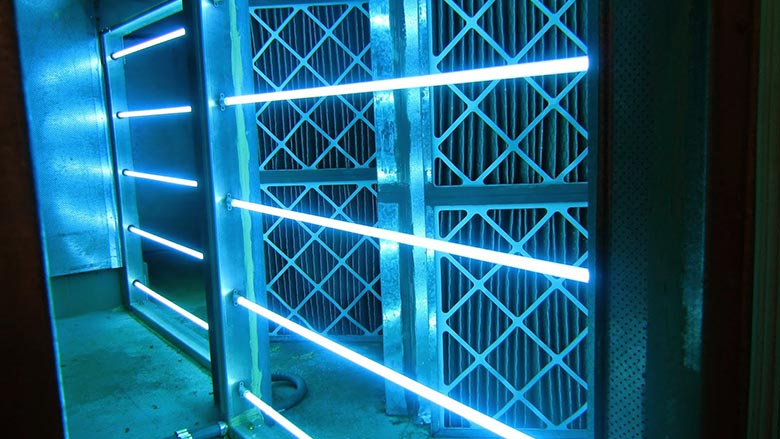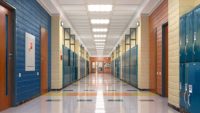Though the COVID-19 pandemic is far from over, most of our nearly 100,000 public schools across the country have opened full-time again to ensure a sense of normalcy for both children and their parents. Along with this, however, have come growing concerns about how variants of the virus will impact both the health and education of our future generations — and they’re not unfounded. The American Academy of Pediatrics recently reported that 20% of all child cases since the beginning of the pandemic were diagnosed in the first few weeks of the back-to-school season.
While there isn’t one magical solution, many school districts are continuing to implement various mask and social distancing requirements as well as vigorous cleaning protocols. Of course, over the past several months, we’ve come to realize that intensive cleaning and disinfectant procedures —now often dubbed “hygiene theater”— are not the most adept at mitigating transmission of the virus. As the CDC has determined, the COVID-19 virus is most transmissible via air droplets. And, unfortunately, a great deal of our country’s public school buildings are more than 50 years old, with aging HVAC systems and suboptimal ventilation. It’s a perfect storm that will cause the risk of transmitting the virus to persist long after desks and door handles are cleaned.

If that wasn’t enough, amidst the COVID-19 focus, another often-overlooked health risk may be lurking: While schools were closed last year, water in the buildings’ pipes became stagnant, giving way to a build-up of bacteria in and on those pipes. From there, it could spread through the pipes into drinking water or even into the air via microorganisms that live on the pipes. Masks and vaccines will unfortunately not have an effect here.
It’s apparent, then, that one of the most efficient and effective ways to keep students and teachers safe is by improving ventilation and enhancing indoor air quality (IAQ).

A recent Johns Hopkins study found that making improvements to ventilation within schools is one of the best measures school administrators and building managers can take to safeguard the health of children and teachers. In fact, while the CDC recommends a layered approach to combatting the pandemic, the Johns Hopkins study found that improving ventilation was actually more cost-effective than deep cleaning procedures and should be made a top priority. School administrators can do this by either installing HEPA filters in classrooms and public spaces or by upgrading existing systems with ultraviolet germicidal irradiation technology, which uses UVC energy to decontaminate surfaces within HVAC systems.
What’s more promising is that school districts can use flexible funds they’ve received through the American Rescue Plan, and they have until 2023 to use the funds to make these improvements. Upgraded ventilation in schools will not only help prevent transmission of the COVID-19 virus but other viruses that are known to spread easily amongst school-aged children, which will, in turn, result in fewer absences and a more conducive learning environment.
By looking beyond deep cleaning procedures and making critical improvements to existing ventilation systems, schools districts can enhance IAQ for both students and teachers within schools and help protect our nation’s children and their education for years to come.



